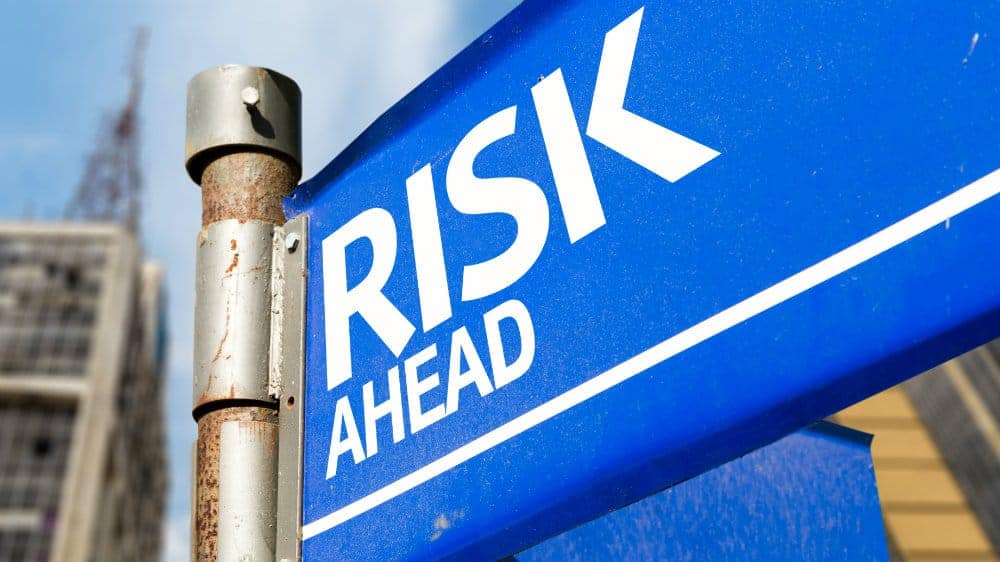Even with the recent run-up in Canadian stocks, it is still possible to find companies that pay great dividends. In some cases, the dividends have risen, and stock prices have fallen to the point where you are receiving over 8% yields on stocks that are fairly stable.
Of course, there are inherent risks in high-yield stocks that you need to be comfortable with before investing. When a stock has a yield of over 7%, it often signals to the market that a cut to the payout may be coming. This has often been the case, even for companies that vehemently defended their dividends only to cut them further down the line.
As a result, investors must do their homework into high-yield companies and decide whether the market is overreacting, driving the share price lower and the yield inversely higher. While dividends are never guaranteed, the following stock has the risk/reward metrics tilted firmly in its favour.
Alaris Royalty (TSX:AD)
Once a favourite of Canadian income investors, Alaris has fallen from grace over the last few years. Alaris makes non-control, preferred equity investments in businesses that have a number of characteristics, such as providing capital to industry-leading businesses with historical free cash flow of at least $2,000,000. Their investments are diversified by a variety of sectors, including consumer staples products, healthcare, and many more.
Issues with a few of their investments over the past couple of years led investors to shy away from the company and question the quality of the dividend. Many of these issues have now been sorted out, though, even though the stock continues to be under pressure.
With a yield of 8.61%, you can see why investors question the stability of the dividend. But this dividend has not decreased. In fact, in November of 2018, the company increased its monthly payout by 2%. While this increase is not huge, it indicates the company’s confidence in its dividend.
Part of the challenge is the fact that its quarterly results were not great on a year-over-year basis. Revenue was down 4.6% over Q3 of 2017 and EBITDA was down 3.5%. But on a nine-month year-to-date basis, these numbers were much better. The bigger picture revealed a revenue increase of 10.8% and EBITDA increases of 4.4%. From this longer-term point of view, the company’s prospects and the dividend seem a lot more secure.
Alaris is also quite cheap on a valuation basis. The company trades at a forward price-to-earnings ratio of around 11 times earnings and at a price-to-book value of one. Unless there are several more surprises with their revenue streams in the future, it is highly likely that there could be a bounce in the stock price in the near future.
Risk vs. reward
Investing in stocks with high yields like Alaris Royalty is not without risks. The biggest risk is the possibility of a dividend cut, which could potentially lead to a fall in the share price. But given the positive fundamentals, management’s confidence in the dividend, and its diversified investment portfolio, this looks like an opportune time to invest in Alaris and take those big dividend cheques to the bank.










